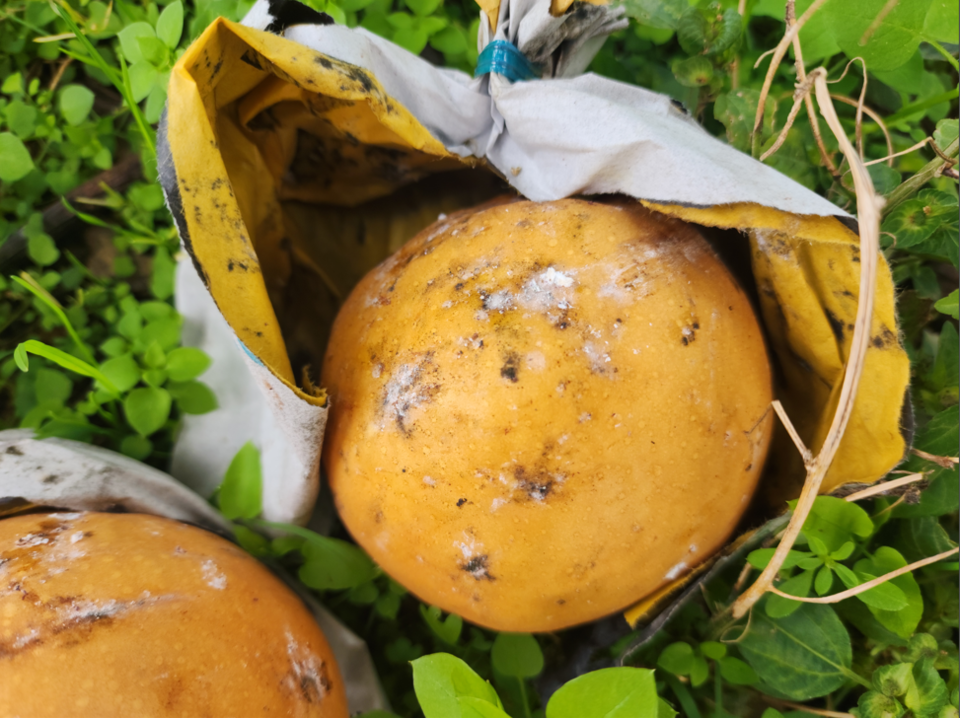The Rural Development Administration is starting to control the scale insects that cause significant damage to fruit trees such as pears, peaches, plums, and apricots from mid-April. The best time to control them is during the larval stage before wax layers are formed.
Cottony cushion scale mainly occurs on pear trees. These pests overwinter under the bark of trees and move to wounds or cut areas to suck the sap from the fruit. It is effective to control them twice during their hatching periods in mid to late April and mid to late June.
In stone fruits like peaches, plums, and apricots, mulberry scales are prevalent. The larvae attach to the branches, weakening the tree’s growth and leaving red spots on the fruit. According to the Rural Development Administration’s investigation, from 2017 to 2024, 68% of peach orchards nationwide, 83% of plums, 89% of apricots, and all regions of cherries have confirmed the presence of mulberry scale insects.

The mulberry scale insects generate three generations in a year, and controlling them at the first-generation larval stage is most effective. If this timing is missed, the control becomes difficult. The insecticidal effect is 100% only in the early larval stage and drops sharply as they become closer to adults.
Especially in farms that suffered significant damage last year, thorough management from the beginning of this year is essential. Applying agents on wound sites after pruning or removing bark with a high-pressure sprayer are effective preventive measures.
The Rural Development Administration is predicting hatching periods using a temperature accumulation model, and pesticide information can be checked on the pesticide safety information system. The optimal time for control is mid to late April, and timing should be adjusted depending on the forecasted temperature by region.
Choi Kyung-hee, director of the National Institute of Horticultural & Herbal Science, stated, “The key to minimizing damage is control immediately after the first-generation larvae occur.” Hong Seong-sik, head of the Pear Research Center, emphasized, “Focusing on early control is crucial to prevent insects from entering the fruit bags.”